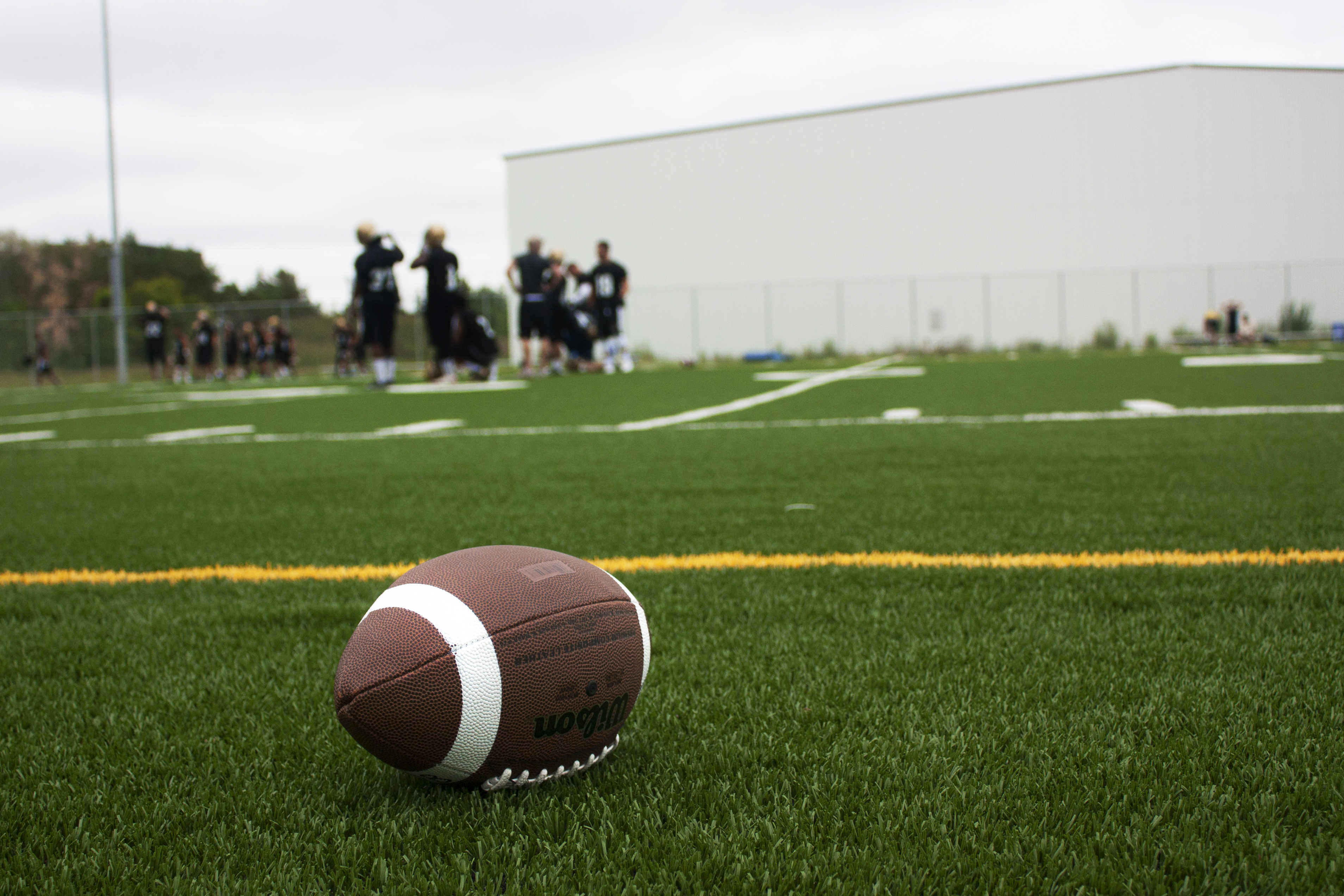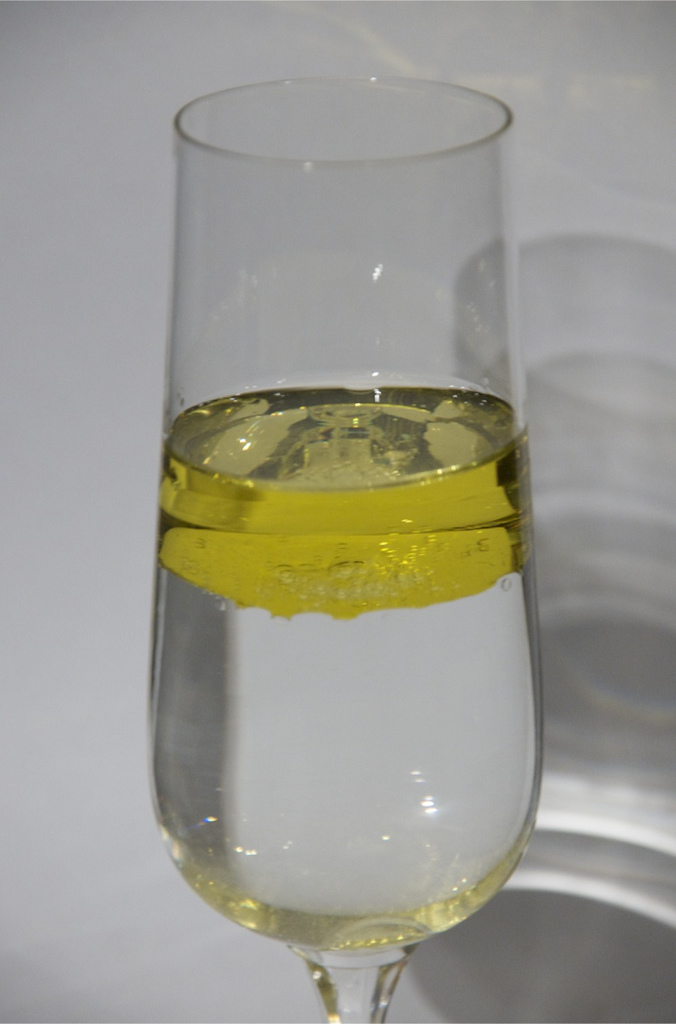On Thursday, Aug. 28, the Canadian Centre for Ethics in Sport (CCES) announced that former University of Manitoba Bison football player Ranji Atwall had tested positive for anabolic steroids.
The offence occurred at the 2014 CFL Regional Combine in Edmonton, and Atwall was promptly handed a four-year ban from the CIS.
While Atwall’s PED use is a very serious matter, it is the repercussions—or lack thereof—which should be garnering more attention.
Atwall’s violation occurred on March 17 – long after the football season had ended. Atwall had completed his five years of eligibility by the time the CFL regional combine rolled around, and, therefore, from a CIS standpoint the ban had no effect on him.
Bison athletic director Coleen Dufresne was quick to describe the process all athletes go through to hopefully prevent an infraction from occurring, noting how thorough the education process is.
“We educate our athletes every year,” said Dufresne. “They go through an online drug education seminar; we have coaches speak to them. Our assistant athletic director in the initial meetings goes through all of that as well.”
A similar incident occurred at a different CFL combine, which also took place in March, when former Concordia offensive lineman Quinn Smith tested positive for a PED known as stanozolol. Smith stated that he unintentionally used the substance while consuming a supplement he hadn’t fully researched the contents of. Smith was handed a two-year ban for being a first-time offender, ending his CIS career as he had just two years left.
What makes Smith’s case so intriguing, however, is the fact that his results were revealed publicly just hours before the 2014 CFL Draft took place, yet Calgary still took him seventh overall. The only punishment he will receive as a CFL player is mandatory drug testing, as well as counselling.
Evan Gill was taken in that same draft, just two places after Smith. A teammate on the defensive line with Atwall for two seasons, he agrees that the CFL needs to crack down on its drug testing policies.
“I don’t understand what message the CFL is sending when a player can test positive at their own combine and still have an opportunity to be drafted,” said Gill.
“It sends a poor message to young athletes watching the [CFL] draft on national television. What are you supposed to tell kids with pro aspirations? Change is needed; it’s not fair to other athletes.”
These two cases, among others, reveal multiple risks for the future of Canadian football. There is a loophole for draft-eligible players going into their fourth or fifth year of CIS eligibility. A player could simply take a PED, if it’s their first offence, in order to perform better at the combine, and face no consequences from a university standpoint as their time had already finished.
In the example of Smith, the use of a PED may have significantly increased his performance at the CFL combine. He sprung up draft boards immediately afterwards, coming in at number four on the final pre-draft list, after an impressive showing on both sides of the ball. Interestingly enough, Smith wasn’t included on the CFL scouting bureau’s fall or winter lists, and came from relatively out of nowhere at the draft.
As a first-time offender of the CFL drug policy, Smith typically wouldn’t have had his name mentioned. It was his choice to reveal his test results publicly. This is also a danger for the CFL, as players essentially have a hall pass to cheat, knowing that a first-time offence warrants a relatively loose penalty.
The CFL has only had a drug policy in place since 2010. While it is great to finally see some sort of regulation, being so late with a final platform meant the CFL was for a long time a “summer camp” for players that had been suspended from other leagues.
Take Ricky Williams, a former running back with the Miami Dolphins. In 2006, he was suspended for the entire NFL season after his fourth violation of the league’s substance abuse policy. He chose to suit up with the Toronto Argonauts that year, and not only played, but was also handed the highest paid contract for any CFL running back that season.
This issue comes down to money. In recent years, the CCES, which is funded by the Canadian government, has received $5.4 million, but most of that money goes toward testing Olympic athletes.
According to a report from TSN.ca, “the CCES is planning 200 tests for nearly 11,000 CIS athletes” this year. That is simply not enough.
Part of the problem stems from the fact that it costs $1,000 to perform a single test, most of which goes to lab fees. When the government evaluates these costs, and then looks at where drug testing is most important, they are going to grant priority to athletes representing Canada at international events, as opposed to university athletes.
More needs to be done on both the CFL’s end and the CCES’ in order for athletes to get the message.
The CFL needs to update their drug policy in order to make the consequences for first-time offenders more severe. The NFL, for example, hands down a four-game suspension for a first-time PED offence. The CFL should consider looking into an approach such as this, both for the benefit of current players, as well as for those coming from the CIS.
The CCES simply needs more funding from the Canadian government. With more money, more testing can be done on all athletes, regardless of whether they are amateur or professional.
Little steps such as these should ultimately pay off in the long run, and bring down the amount of PED use going forward.



